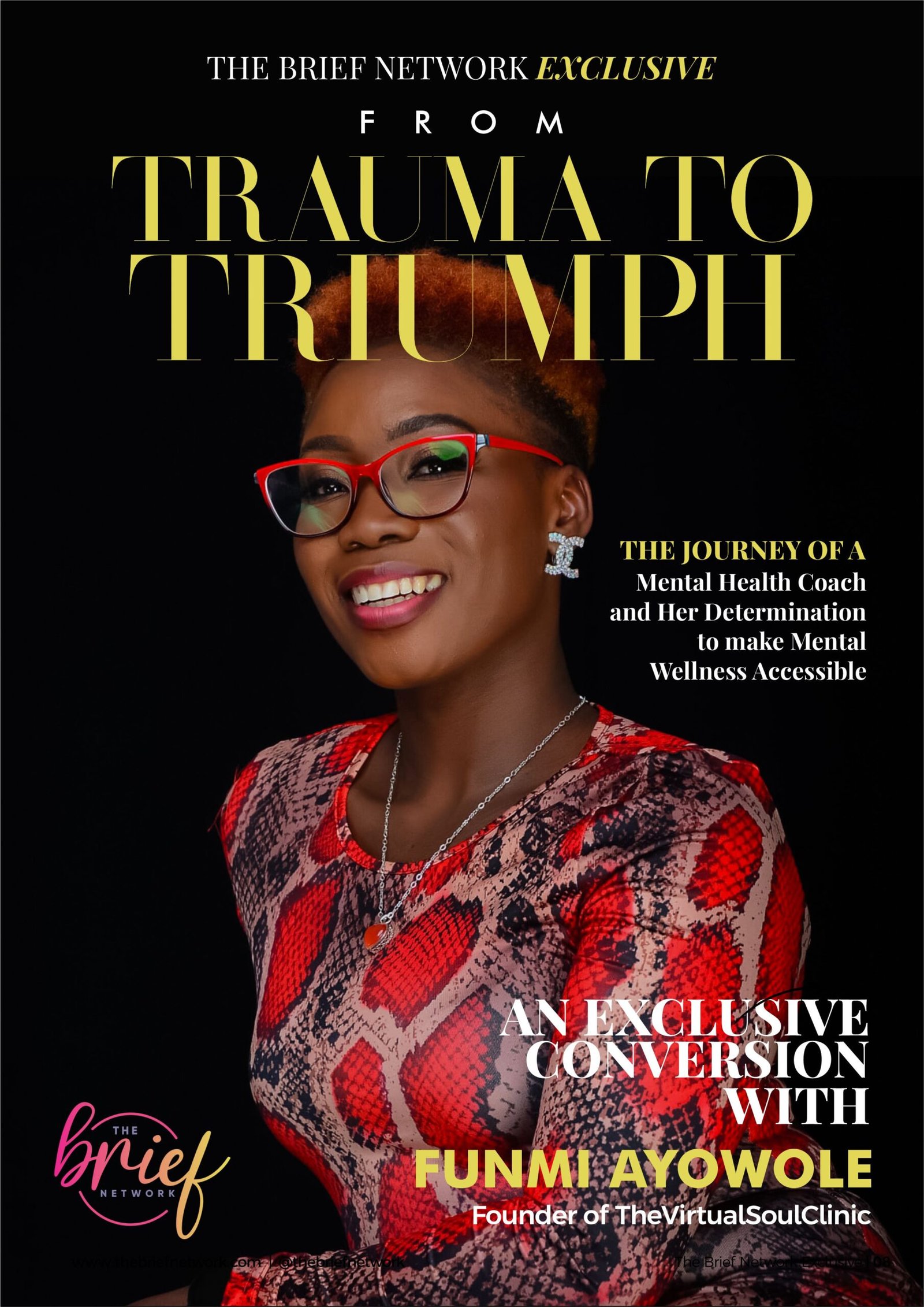Every first Monday in May, the steps of the Metropolitan Museum of Art transform into a fashion pilgrimage. But in 2025, those steps became more than a showcase of glamour. They became a bold parade of history, elegance, and cultural redefinition. The theme? “Superfine: Tailoring Black Style.” And the dress code? “Tailored for You,” a call to personalize tradition, to turn heritage into haute couture.
Through this lens, the Met Gala paid homage to Black Dandyism, a movement steeped in resistance, pride, and radical self-expression.

Black Dandyism isn’t merely flamboyant. It’s finesse with purpose. Born from the need to reclaim dignity during times of racial oppression, it evolved into a striking cultural statement. Think Harlem Renaissance elegance. Think Sapeurs of Congo. Think sharp tailoring and deliberate poise that declared, “I will not be unseen.”
This year, that ethos found new life. The Tailored for You dress code encouraged attendees to interpret the dandy spirit through personal Narratives, fusing past and present, Africa and its diaspora, heritage and high fashion. In 2025, Black stars across continents did more than arrive. They embodied the legacy and future of Black style. This wasn’t a moment; it was a movement.
Icons Who Wore the Legacy

Chimamanda Ngozi Adichie from Nigeria brought literary grace and symbolic power to the event. As a member of the Met Gala host committee, she wore a structured yet flowing ensemble that merged high fashion with heritage. Her look quietly honored African matriarchy while amplifying the global reach of Nigerian design, a personal expression of intellect, identity, and elegance.

Colman Domingo from the USA, an event co-chair, channeled André Leon Talley with a dramatic Valentino cape and embroidered jacket. His look was part tribute, part triumph—a personalized nod to Black fashion history that fully embodied the Tailored for You ethos.
Anok Yai, who hails from South Sudan and the USA, brought dreamscape elegance in a structured metallic design. Her presence, as always, was commanding. Every detail underscored the idea that grace is a form of resistance, an elegance molded by history and power.
Burna Boy from Nigeria balanced regal masculinity and cultural homage. His crisp tailoring paired with subtle Nigerian elements made his outfit a masterclass in Afro-dandy cool—intentional, not loud. His ensemble was unmistakably “tailored for him.”
Tyla from South Africa lit up the carpet in a sand-glass sculpture of a dress. Though unconventional for a dandy, her ensemble captured the spirit of Black sartorial bravery—bold, playful, and deeply referential. Her body became a canvas for reinterpretation.
Letitia Wright from Guyana and the UK opted for minimalism with impact. A tuxedo-inspired silhouette, softened with feminine precision, she reclaimed the power of a tailored look once reserved for men. Her outfit was protest and poetry in one.
Lewis Hamilton from the UK, co-chair and style icon, stunned in a crisp, monochromatic ensemble that played with structure and silhouette. Known for pushing boundaries, his presence reminded all that fashion can be both athletic and artistic, a sleek ode to Black futurism.
Ayra Starr from Nigeria brought a futuristic flair. With metallic tones and androgynous styling, she proved that Gen Z dandyism is unafraid to mix gender codes and cultural symbols. Hers was a look made for her, and only her.
Trevor Stuurman from South Africa wore vibrant, Xhosa-patterned tailoring infused with European form. A visual storyteller by trade, he told a heritage-rich story without saying a word. His style was more than clothes, it was continuity.
Damson Idris from UK/Nigeria launched his new jewelry brand, DIDRIS, wearing a sharply styled Tommy Hilfiger ensemble. His look honored his mother’s entrepreneurial spirit and paid tribute to African craftsmanship, tailored down to intention.
This year’s Met Gala wasn’t about costumes. It was about culture. Tailored for You wasn’t a gimmick. It was a gospel, an invitation to make Black Dandyism speak through lived experience. Dandyism, once used to defy colonial hierarchies and stereotypes, returned to the spotlight as a symbol of agency, artistry, and ancestral pride.
From diamond-studded lapels to gender-fluid tailoring. Black creatives didn’t borrow fashion. They owned it. The steps of the Met were not merely walked; they were claimed.
Black Fashion as Foundation

In 2025, the world didn’t just admire Black fashion as an influence. It recognized it as a foundation. Africa didn’t appear as an add-on. It stood at the heart of the narrative, with the diaspora weaving a tapestry of elegance, resistance, and reinvention.
For one night, Black excellence wasn’t a category. It was the main event. And with every stitch, cut, and crown, it was tailored for us.


